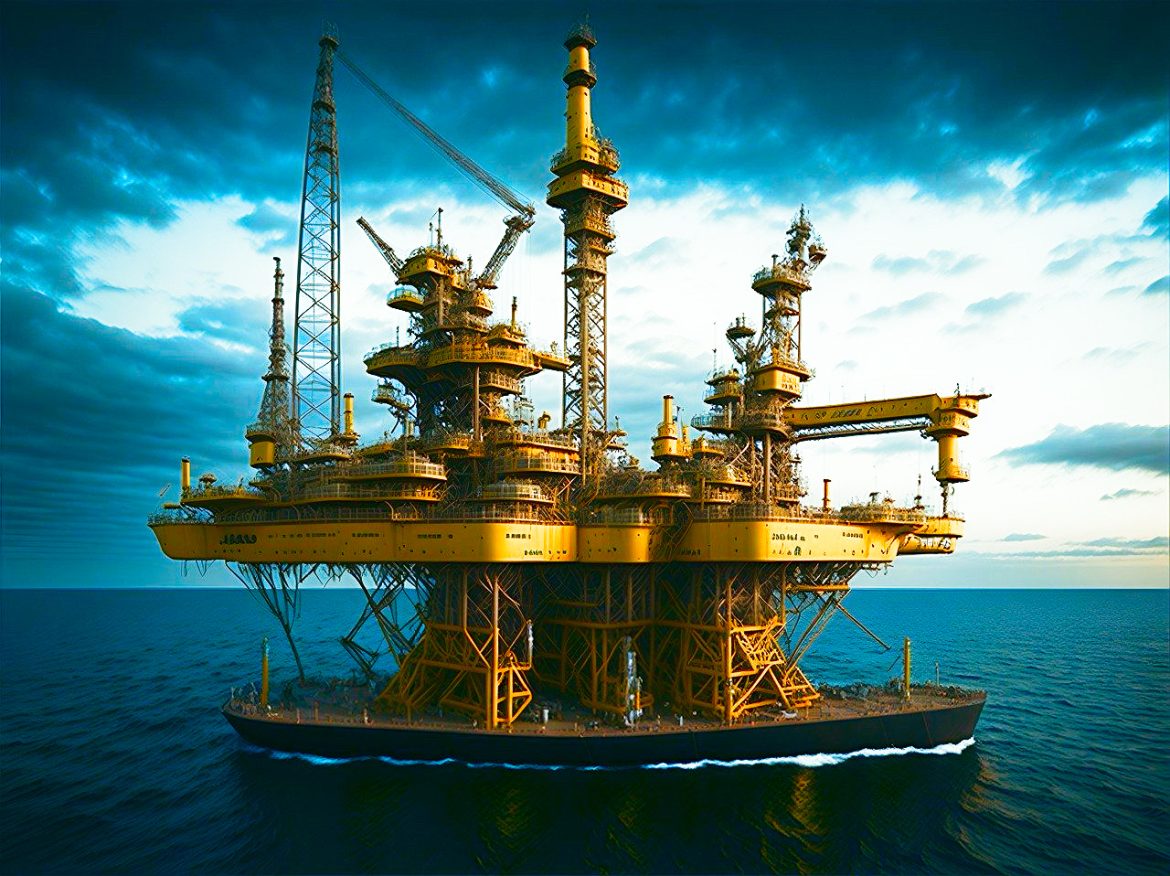Key Points
- Automation and robotics improve safety and operational precision offshore.
- Digital twins optimize performance and reduce downtime effectively.
- Subsea technology unlocks deepwater reserves inaccessible before.
While offshore drilling is a component of world energy production, it is costly, hazardous, and challenging inherently. The advancement in technology has transformed the sector over time through increasing the safety, efficiency, and environmentally friendly standards of operation. Below we examine five major how technology is changing offshore drilling.
1. Improved robotics and drilling automation
One of the most radical changes in offshore drilling is the integration of robotics and automation into operations. Technologically advanced systems used in the new generation rigs assist in increasing precision and decreasing risks since they do not rely on people for crucial operations.
As stated by Halliburton, to optimize drilling operations in real time – that is, to vary drill pressure, rotation speed, fluid flow – drilling automation systems incorporate machine learning algorithms. This also reduces the probability of equipment failure besides the time taken in drilling.
Current application of robots is in risky or tedious tasks such as equipment inspection, subsea examination and pipe operations. Performing these tasks automatically helps companies reduce the likelihood of human mistakes and enhance safety. This way, the constant operation of these automated rigs, even under high pressure, is a sure way of maintaining performance and increasing throughput.
2 Developments in submarine technology
Subsea technology is therefore central in offshore drilling since it enables operators to search for and produce resources in deep and ultra-deep waters. Evolution has occurred in the way that subsea operations are conducted in the recent past. Some of the most common advancements include remotely operated vehicles which can perform installation, repair and inspection at extremely deep areas.
The ROVs can operate in environment that is unfavorable for divers by using high definition cameras and advanced manipulators. Subsea production systems, which are both modularity and remotely operated, contribute to reducing the need for large onshore facilities by enabling the extraction and initial processing of hydrocarbons directly on the seabed. These technologies have made reserves that were previously inaccessible available by permitting drilling to occur beneath 3,000 meters.
3. Predictive Analytics and Digital Twins
As stated by Acuvate, offshore rig monitoring and management is transforming due to the adoption of predictive analytics and the use of digital twin technology. Business process replicas and simulations to enhance decision making are the applications of digital twins—virtual copied models of physical assets Using actual-time data, operators may recreate drilling occurrences, analyze equipment reliability, and forecast maintenance requirements.
This ensures maximum utilization of the resources and minimizes on time that the equipment is out of service. Predictive maintenance using artificial intelligence detects possible equipment failure before they occur.
For example, analyzing temperature changes or vibrations enables the operators to fix issues at an early stage. Digital twins and predictive analytics lower running costs and increase general efficiency since they minimize unplanned outages.
4.Remote operations and real-time monitoring
Through its capability to monitor operation in far-off locations in real-time, real-time monitoring systems are revolutionizing offshore drilling. Such systems transmit information to onshore control centers through satellite and IoT sensors. In rigs, there are factors that are monitored using sensors and they include; fluid level, temperature, pressure among others.
Delivery of this information in real-time to the onshore teams allows for immediate responses to deviations. Telecommuting facilities which may allow engineers to monitor offshore rigs from distant control facilities have been facilitated by communications technology.
According to Dnv, real-time data support and remote control of work increase the effectiveness of decisions, reduce the number of employees in dangerous areas, and enhance safety.
5. Environmental innovations and green technologies
The offshore drilling business is applying green technologies as environmental issues get more important in the business. Here, developments are helping organisations to reduce their emissions yet still meet rigorous environmental requirements. CCS technologies are also being increasingly used in offshore platforms.
These systems halt the CO₂ emissions from being released into the atmosphere by capturing them and storing them in geological formations under the sea bed. This work focuses on the formulation of biodegradable drilling fluids to reduce pollution risks of conventional fluids in marine environments since the goal is to use the new fluids to replace the existing ones.
In the same way, noise reduction technologies also contribute to the decrease of the noise impact of offshore operations on marine organisms through use of barriers and low noise drilling. These developments ensure that offshore drilling remains sustainable as it addresses the public and legal concerns of environmental management.
Conclusion
Offshore drilling is being profoundly changed by technology; it is now safer, more efficient, and ecologically benign. From predictive analytics and real-time monitoring to green technology and automation and subsea innovations, the sector is changing dramatically.
These developments open the path for a more sustainable and ethical future as well as enable businesses to utilize unrealized reserves under demanding circumstances. The offshore drilling industry will probably witness even more innovative developments as technology develops that improve its function in world energy output.



